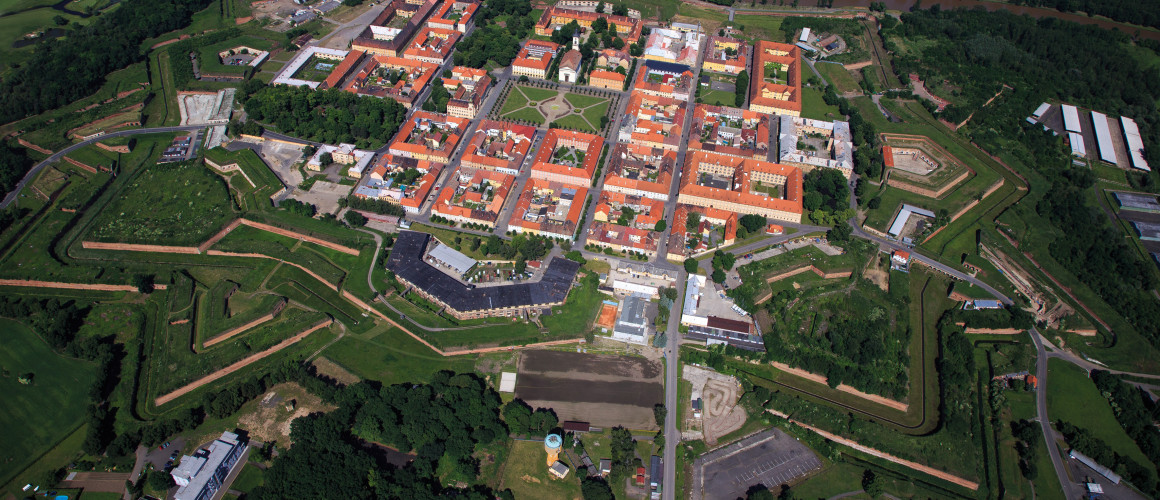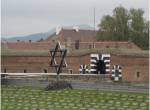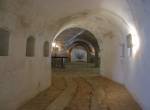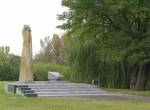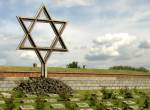The fortress town is located near Litoměřice and today it is a very popular tourist destination. You can explore the history thanks to a number of local exhibitions.
The Terezín Fortress was founded in 1780 by Emperor Joseph II to defend the borders of Bohemia against attacks from the north. It represents the pinnacle of European bastion fortress construction. In addition to a wreath of massive ramparts and deep ditches, it is also equipped with a unique and still functional water system, which allowed flooding of the ditches and the surroundings of the fortress, and several tens of kilometres of underground tunnels. The extent of its preservation makes it a unique cultural monument on the UNESCO waiting list.
In addition to its function as a fortress, Terezín also served as a prison(the Small Fortress). Among others, 500 soldiers of the Rumburk garrison - participants of the largest military revolt in the Czech lands - were imprisoned here. In 1918, Gavrilo Princip, the main actor of the Sarajevo assassination, died in Terezín.
After the occupation of the rest of the Czech lands by Hitler's Germany, the Nazis used the fortress system to set up a police prison for the Prague Gestapo, to which patriots, members of resistance groups and other persons inconvenient to the regime from the then Protectorate and other countries were sent. Some 32,000 prisoners knew the walls of the Small Fortress.
Executions, starvation, inhuman treatment and, at the end of the war, an epidemic of typhus took the lives of 2,600 prisoners. However, the suffering of those who survived the Terezín hell often did not end. For them, the Terezín prison was a transfer station before imprisonment in other prisons, disciplinary camps and concentration camps in Nazi-controlled territories.
The violence, however, was not only hidden behind the walls of the Small Fortress. From November 1941 onwards, the town of Terezín itself became a ghetto - a collection and transit camp where members of the Jewish ethnic group were concentrated. From here, people left in transports by the thousands for their final journey to the extermination camps. By the end of the war, more than 150,000 people had been transported to Terezín. Hunger, epidemics and dismal conditions took the lives of 35,000 prisoners at Terezín itself.
The Jewish cemetery with the crematorium provides an important testimony: of human hatred and the destruction of those who became inferior according to the perverted Nazi ideology. The Ghetto Museum is also worth a visit on your way to Terezín. It is the first permanent exhibition on the history of the Terezín Ghetto.
You can learn more about the history of the fortress in Retranchemement 5, where there is also a car park with an information centre and from where you can also take tours of the fortifications and underground passages. Today, the restored Cavalier 2 offers you to experience the 18th century for yourself. There are sumptuous officers' salons and simple soldiers' quarters, a military yard with live animals and the unique La Grace Museum with a real dungeon. You can be transported back to the time of our great-grandparents in the unique Franz Joseph I Museum, located in the Artillery Barracks, where you can see more than 2,000 treasures from the period of Emperor Franz Joseph I.
Contact
Address
Terezín
Dukelských hrdinů 43
411 55 Terezín
Phone Contact
+420 775 711 881
Email
info@projekt-terezin.cz
Website
terezin.cz

